It appears that a lot of respondents to last week's Vote! must not listen actively
Any AVA Fet-valve amp users?
- Read more about Any AVA Fet-valve amp users?
- Log in or register to post comments
It appears that a lot of respondents to last week's Vote! must not listen actively

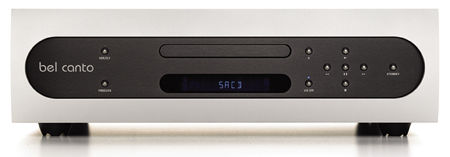
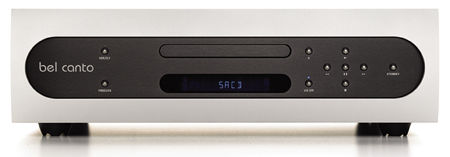

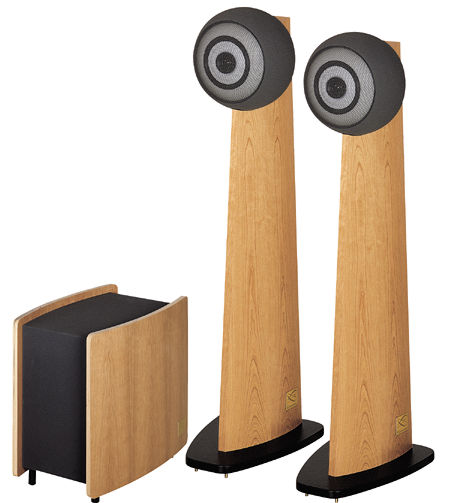

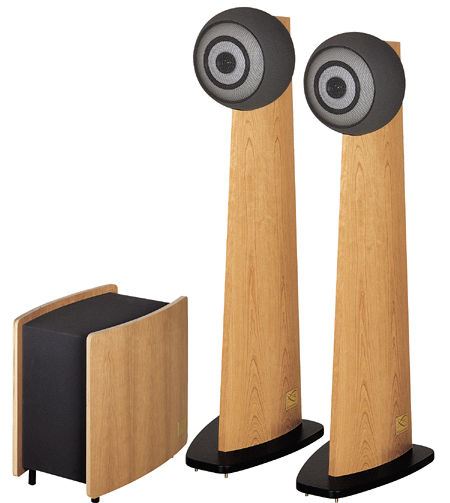
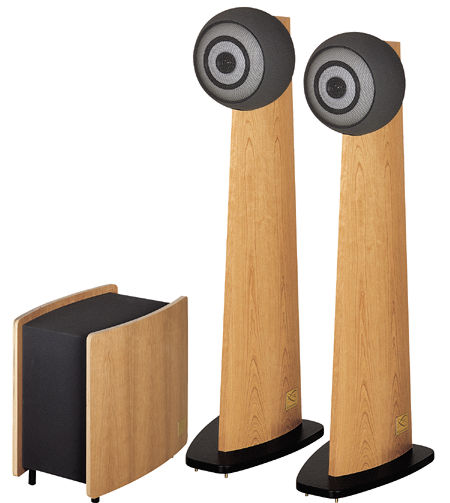
I'm looking into the 550 EXR, wondering if there are others here with Van Alstine fet-valve amps, old or new.